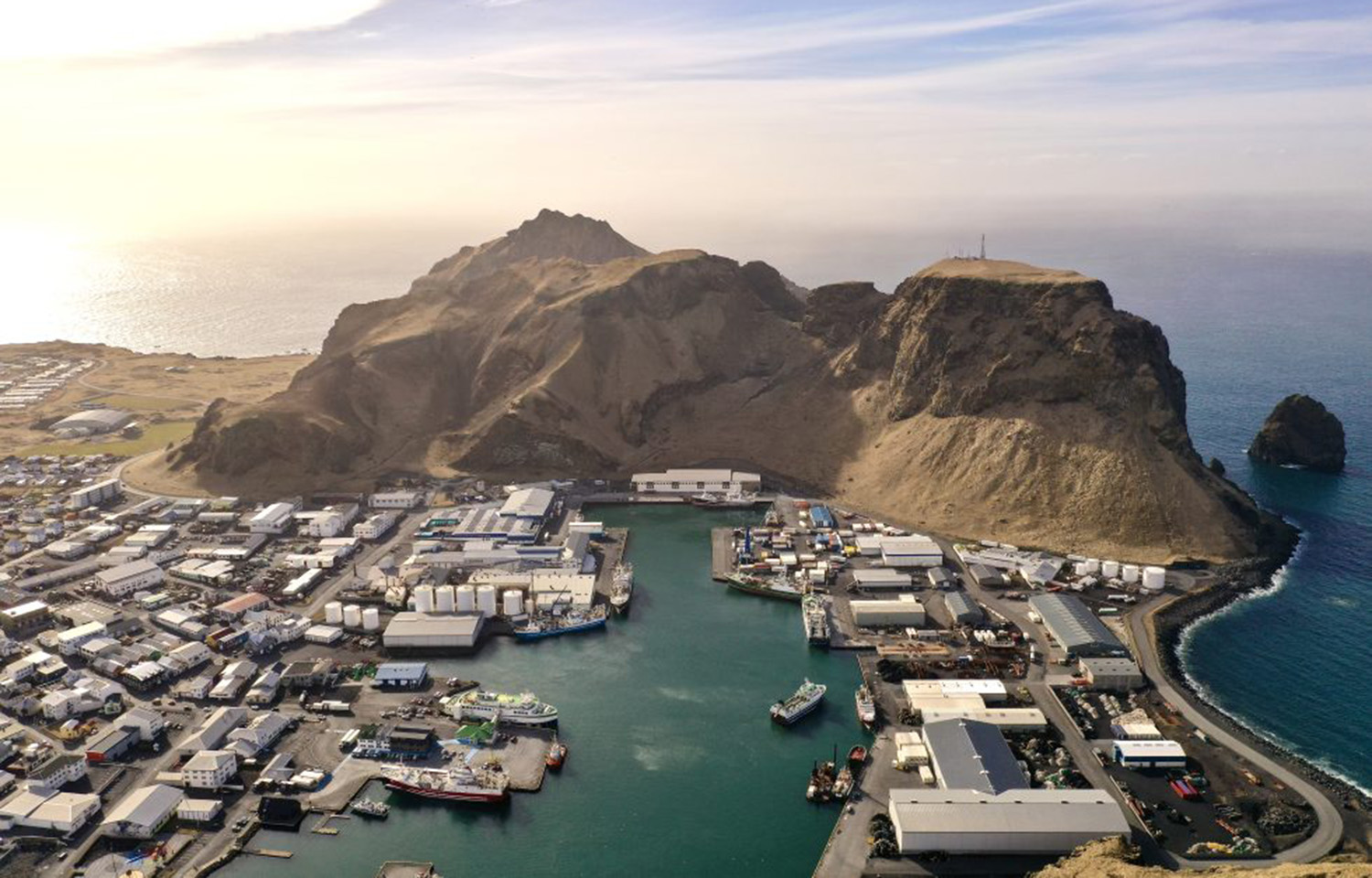Icelandic land-based flow-through salmon-farming startup Laxey has attracted a further EUR 40 million (USD 43 million) in funding and has signed a partnership with Skretting.
The funding came from Blue Future Holding, which is a part of German family-owned conglomerate EW Group, as well as Nutreco, Seaborn, Kjartan Ólafsson, and an unnamed Dutch industrial seafood company. Additional funding came from the Almenni pension fund, Festa pension fund, Westman Islands pension fund, and Snaebol. For its participation in the raising of equity capital, Blue Future Holding will receive a seat on Laxey’s board, and Ólafsson has also been nominated for a board seat. Laxey’s primary funder is the family of Sigurjon Oskarsson, the former owner of fishing group Os.
“We are thrilled by the overwhelming support from our existing investors and now the new group of high-quality strategic and financial investors. It is a testament to our strategy of building a sustainable, biosecure, and financially attractive land-based salmon farm on the Westman Islands,” Laxey Chair Lárus Ásgeirsson said. “This capital increase and these ongoing developments underscore our commitment to sustainable aquaculture, building industry on the Westman Islands, and further enhancing the salmon industry in Iceland.”
Laxey, formerly known as Icelandic Land Farmed Salmon, previously raised EUR 42 million (USD 45 million) in July 2023 to fund its flow-through farm being constructed in Iceland’s Westman Islands. It is currently constructing the first section of its salmon farm, including a hatchery and post-smolt production area, which will have a total annual production capacity of 4,500 metric tons (MT) of head-on gutted salmon. The first section will be operational by mid-2024, and Laxey is expected to conduct its first sales by late 2025.
“The first section will be cash-flow positive as a stand-alone operation, with each additional section increasing efficiency of production, with lower investment cost and operational cost per kilogram produced,” Laxey said.
The company, which uses 100 percent renewable energy and recycles its biological waste for use in fertilizer, hopes to have an annual output of 27,000 MT from the farm by 2031.
Laxey’s recirculating aquaculture system (RAS) for smolt was built via a partnership with AKVA Group in September 2023, and the two companies extended their agreement to include the installation of advanced oxygenation and degassing systems in April 2024. Laxey recently received a shipment of 600,000 salmon ova from Benchmark Genetics and said it has two batches “performing well.”
“The facility has a capacity of 4 million individuals and [will be] ready for internal as well as external sales in autumn 2024,” Laxey said. “Progress remains on schedule for the grow-out site, utilizing a hybrid flow-through technology, benefiting from the favorable local conditions with respect to biosecurity and building cost. With significant excess smolt production in the initial years of development, the company has made a strategic decision to utilize the excess tank capacity in the grow-out section for post-smolt production for external sales, in addition to production for human consumption. Sales of post-smolt to the traditional farming industry would have the benefit of significantly increasing production in the sea pens and reducing lice issues.”
On 22 April, in conjunction with parent company Nutreco’s announcement of its investment in Laxey, Skretting said it had committed to supply feed to Laxey through the entire build-up phase of the project.
“In Skretting, we believe in close and long-term collaboration with fish farmers in order to release the full potential from nutrition, feeding, and efficient logistics,” Skretting Norway General Manager Håvard Walde said. “This partnership puts us in a good position to prepare for our next steps in Iceland.”
Iceland currently has fewer than 2,000 MT in total land-based salmon production, but that is scheduled to ramp up quickly with the development of several new RAS projects, including First Water, GeoSalmo, and Samherji, which is planning both an expansion of its land-based farming site in Öxarfjördur to a 3,000 MT of capacity and a USD 340 million (EUR 314 million) investment in a new, 40,000-MT farm, which will also include a hatchery, a breeding facility, a processing plant, and service buildings.
“Laxey has great prospects, and we are honored to be a part of their journey,” Sketting CEO Theres Log Bergjord said. “With this investment, Skretting is also committed to supporting and further developing the Icelandic aquaculture industry.”








